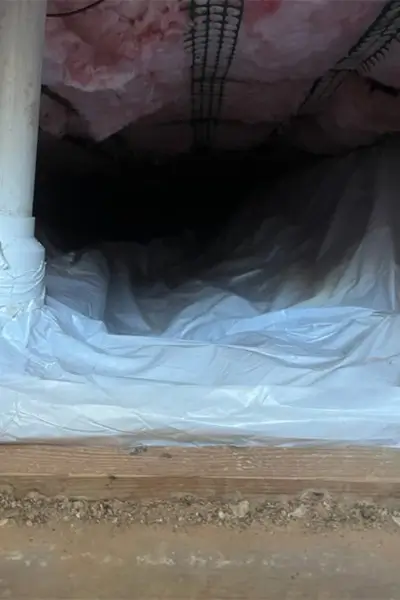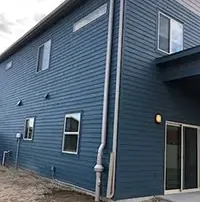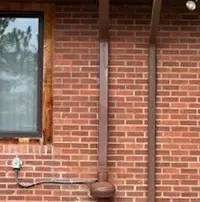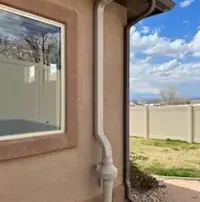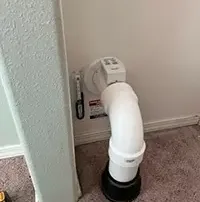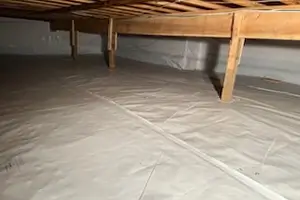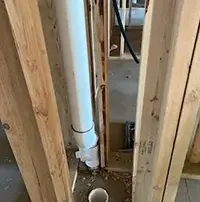Radon Mitigation
Radon exposure is the leading cause of lung cancer among non-smokers and is responsible for over 20,000 deaths per year across the US, 500 of which are in Colorado. While no level of radon is truly safe, the EPA has deemed that any homes found with levels above 4 pCi/L warrant immediate action to reduce the levels of indoor radon. If your home or business shows any elevated levels of indoor radon, it is highly recommended you have your property professionally mitigated!
Radon mitigation is the process by which concentrations of indoor radon are reduced and effectively eliminated. As NRPP and AARST licensed and certified radon specialists, our technicians at Radon Resolve install a variety of residential and commercial grade radon mitigation systems for the homes and businesses of Colorado!
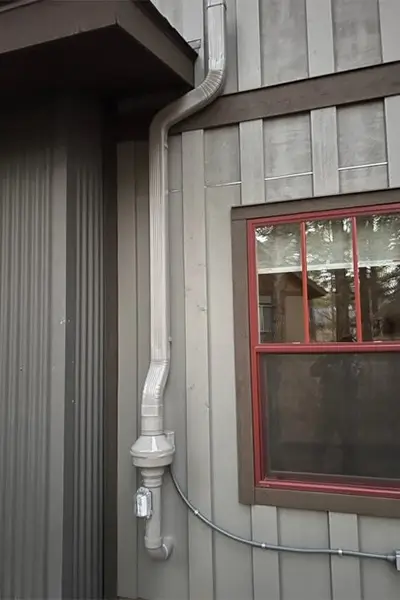
Radon Mitigation Systems
Radon mitigation systems are any system designed to reduce indoor concentrations of radon in a residential or commercial structure. While they can vary in size and shape, they all essentially work on the same principle: using a combination of pipes, fans, and vents to draw radon out of the soil beneath a foundation and expel it safely out into the air above and away from the building.
Sub-Slab Depressurization
This is the most common method we use for radon mitigation. As the name implies, sub-slab depressurization is used on structures with basement and concrete slab foundations. We drill a hole through either the slab straight to the soil or exterior stem wall to create a collection pit. We then install extraction and venting pipes that run from the collection pit to one or more extraction fans on the exterior of the building.
These fans are then connected to additional venting pipes leading to an exterior termination point pointed above the home, allowing for all radon gas to be safely exhausted. To ensure proper pressurization and prevent radon from leaking, we seal around all extraction and vent pipes as well as any potential radon entry points such as ground water sump pits, cracks in exposed basement floor, or wall cracks.
Sub-Membrane Depressurization
Sub-membrane depressurization systems are designed for buildings with gravel or exposed soil crawl spaces or foundations. Unlike sub-slab depressurization, these systems use an impermeable membrane (also known as a radon barrier) that is fitted over the exposed soil and surrounding walls to fully seal it off from the rest of the building.
These membranes are typically made from a cross-woven synthetic rubber material such as polyethylene or EPDM. Once the membrane has been fitted, a vent pipe is installed through the membrane and then connected to an exterior fan and exhaust vent out of the envelop of the home like with sub-slab depressurization.
Combination System
There are some homes and commercial properties that have both concrete slabs/basements and exposed crawl spaces. This is typically seen in split and tri-level properties. For these properties, it may be necessary to use a combination of radon mitigation techniques to effectively reduce radon levels.
A combination radon mitigation system utilizes both sub-slab depressurization and sub-membrane depressurization, typically installed as a single cohesive systems. However, depending on the design and size of your home or business, there are very rare occasions that may call for two separate systems.
Passive Radon Mitigation
Passive radon mitigation systems are typically installed in new construction, usually in the form of perforated drain tile or a gas mat installed prior to the foundation it being poured. As opposed to active systems that use electric fans to extract radon from the soil beneath a building, passive systems use the natural air current and pressure to passively reduce radon.
When installed correctly by a licensed and certified radon measurement professional, passive radon systems can be effective at reducing low levels of radon. However, these systems are not designed to handle high levels of radon. While certainly beneficial, it is still advised that you have an active radon mitigation system installed if your home has elevated levels of radon above 4 pCi/L.
System Inspection & Evaluation
When properly installed and maintained, radon mitigation systems can be extremely effective, with many being able to significantly reduce radon levels. However, improper installation or failing components can significantly reduce the effectiveness of your mitigation system. In Colorado, where nearly 50% of all homes have elevated levels of radon, it is imperative that you know your mitigation system is working.
As licensed and certified radon measurement professionals, we have the training, tools, and knowledge to provide a comprehensive inspection of your radon mitigation system’s installation and functionality. We are also able to provide suggestions for improving functionality and code compliance.
Commercial Radon
It is a common misconception that indoor radon is only a problem for residential properties. While we are certainly most likely to be exposed to indoor radon in our homes, commercial properties are just as prone to radon exposure and even more complicated to mitigate. This is especially true here in Colorado, which has most of its counties sitting in the EPA’s Radon Zone 1, indicating high risk for radon exposure.
Be it an office building, hospital, or apartment complex, it is important to the safety of your staff, tenants, and facility workers that your property be professionally tested and treated for radon. Our NRPP and AARST licensed and certified radon measurement professionals provide comprehensive and unobtrusive radon testing and mitigation services to the many businesses and commercial facilities of Colorado.
